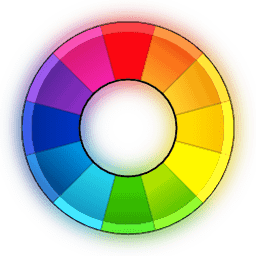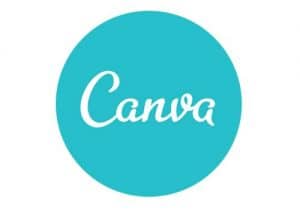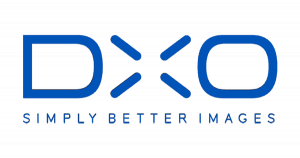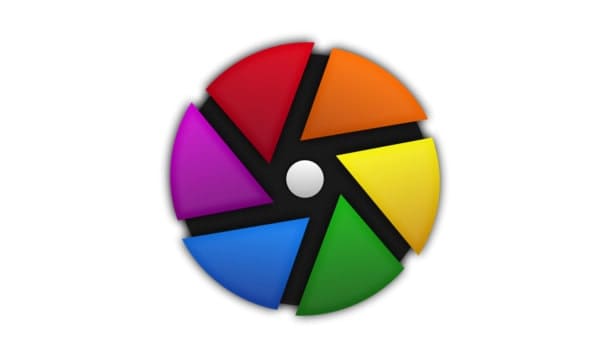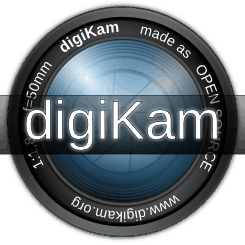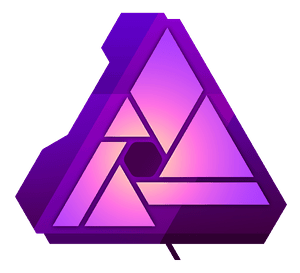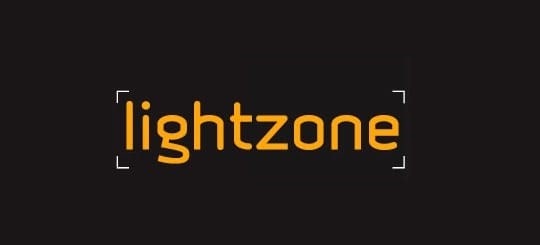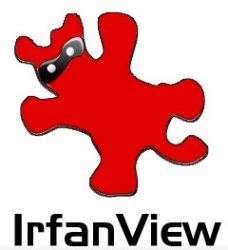Photo editors are becoming essential in every smartphone these days. If not for master-level edits, one should always wish for simple shading effects. And for such, using a quick tool could be more than enough.
And if one wishes to do more, one’s turn to professional editors like LightRoom, which has extensive tools for adding pretty much everything.
But there’s a catch. Light Room wasn’t useful for all. If not for a high level of learning curves, at least for price. Adobe’s Light Room features cool tools that may satisfy its expensiveness, but is it essential for beginners? Or quick editors?
We condemn aye sayers, as a starter doesn’t need to shell so much for something they have no deep knowledge about. So here, we grouped the best LightRoom alternatives that are simple to use.
Also Read- Best Photoshop Alternatives for Windows & macOS
List of Best Lightroom Alternatives in 2023
We’ve listed these alternatives based on usability, pricing, and editing needs. Please go through them and pick one that brings out your creativity.
1. RawTherapee
This platform is best for the non-destructive editing of raw photos. It’s open-source and capable of utilizing the multi-cores of a CPU, thus producing better output. Further, it can batch process many images with all necessary changes with just simple clicks. It’s free and supports Windows, macOS, and Linux platforms.
Try it here: RawTherapee
2. Canva
Canva is one of the finest platforms to create graphics for social media sites, posters, and presentations. Its simplistic UI lets users drag and drop effects. It has several fonts, illustrations, and templates to edit more creatively. It’s available for both PC and mobile platforms for free. But one can upgrade to a paid plan for more features.
Try it here: Canva
3. DxO PhotoLab
Aside from being a fine photo manager, DxO Photo Lab has features like an automatic masking brush, a degraded filter, and typical correction tools to stand apart from the rest. It makes noise reduction, enhances sharpness, haze removal, etc., which are notables.
It’s available for both Windows and macOS. It’s not free either but has a 30-day trial period for any of its paid packages.
Try it here: DxO PhotoLab
4. Darktable
Darktable is an open-source application that manages your negative photos and views them later at zoomable light tables. It maintains a database of every photo description and metatags to let you search by keywords, ratings, etc., later. And for editing, it processes the image using GPU for better output.
This software has an inbuilt guide to understand the entire program quickly. It’s available for Windows, Linux, BSD, Solaris, and macOS.
Try it here: darktable
5. digiKam
digiKam organizes photos by various metrics and does basic jobs such as color correction, general effects, filters, etc. The good thing here is that, though it doesn’t come with many features by default, users can install plug-ins to add more editing features and export them to various social sites.
It can process raw photos in 200+ formats and supports Linux, Windows, and macOS for free.
Try it here: digiKam
6. GIMP
It’s a raster graphics editor, dividing the whole picture into numerous pixel boxes to do effective editing. It has the necessary features like color correction, snapping tools, sharpener/blur, smudging, and a wide range of healing brushes. Further, general gradients and curve editings. It’s free and available in Windows, macOS, BSD, Solaris, and Linux.
Try it here: GIMP
7. Photoscape
Photoscape abides by its concept, of being easy and fun. This platform has a simple UI and adequate tools to let users do basic editing. Pictures taken from digital cameras or phones can be altered with special effects, transitions, GIF-making, etc.
You can even find similar faces in images with references from the internet. Further, it does page-making batch processing of bulk photos.
Try it here: Photoscape
8. Affinity Photo
Affinity Photo is more like GIMP, which uses a raster graphics editor. It’s a successor to PhotoPlus. It’s useful for color corrections, image stitching, and live previewing too. With all the necessary tools for entry-level editing, it’s available for Windows, iOS, and macOS. It has a free version and a premium version for unlocking more features.
Try it here: Affinity Photo
9. LightZone
This platform gives a fair amount of tools to do the editing and even records the entire session and knows the process transformation.
It’s possible to rearrange several effects to have customized output. Further, it gives several vector tools to work on a specific part of the image.
This flexibility makes LightZone a niche over others. It’s free to use and available for BSD, Linux, macOS, and Windows.
Try it here: LightZone
10. IrfanView
IrfanView isn’t just an editor but more like a gallery. It does basic editing jobs to add music to slideshows, create screensavers, batch processing of images, etc. It can organize, convert, edit photos, and view videos too. Further, it has several plug-ins that support additional editing features. It’s free and available only for Windows.
Try it here: IrfanView
From Editor’s Desk
All these above software have a feature as non-destructive processing of the image that allows you to retain the original photo even after editing it entirely and revert to all the changes made if needed.
After all, though these software is cool and free to use, they need the user to have basic knowledge about handling them to produce the finest output.

